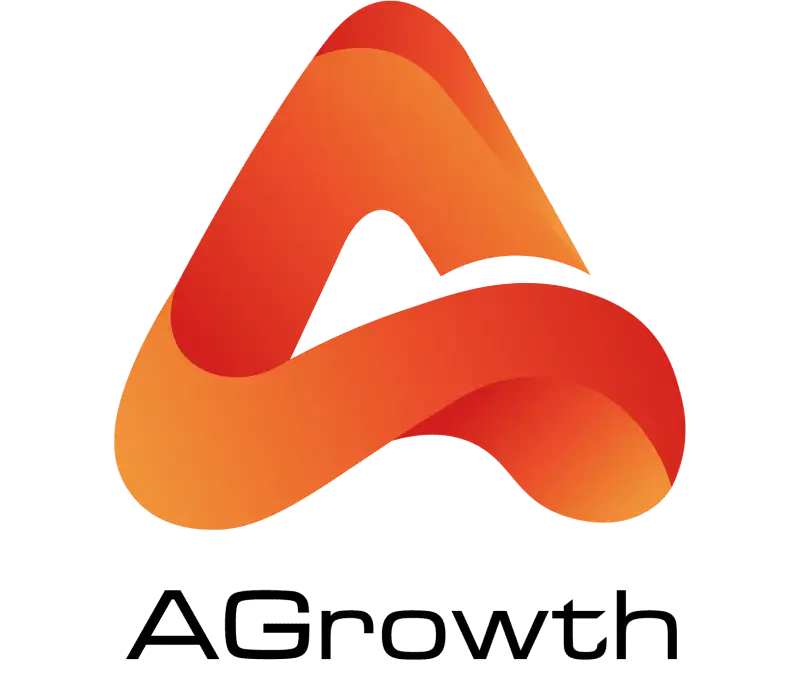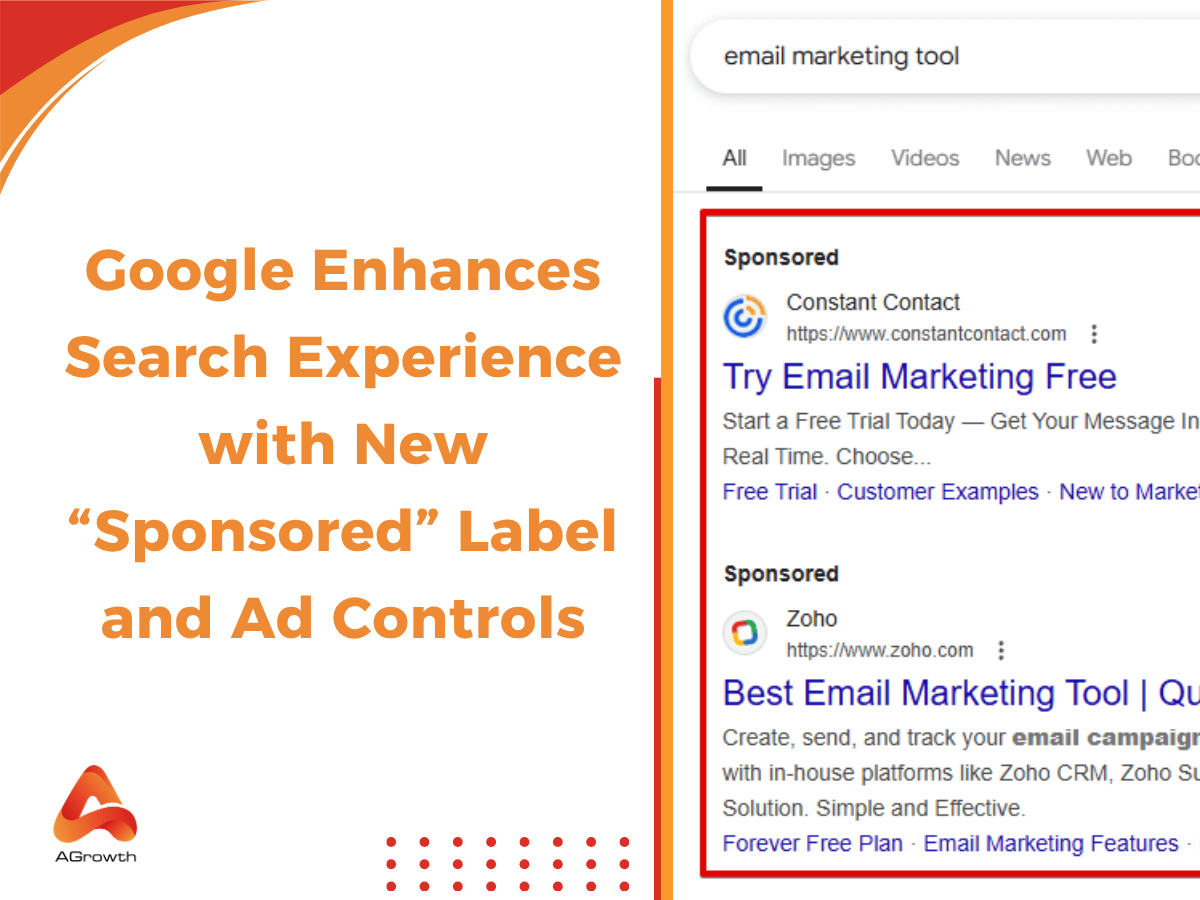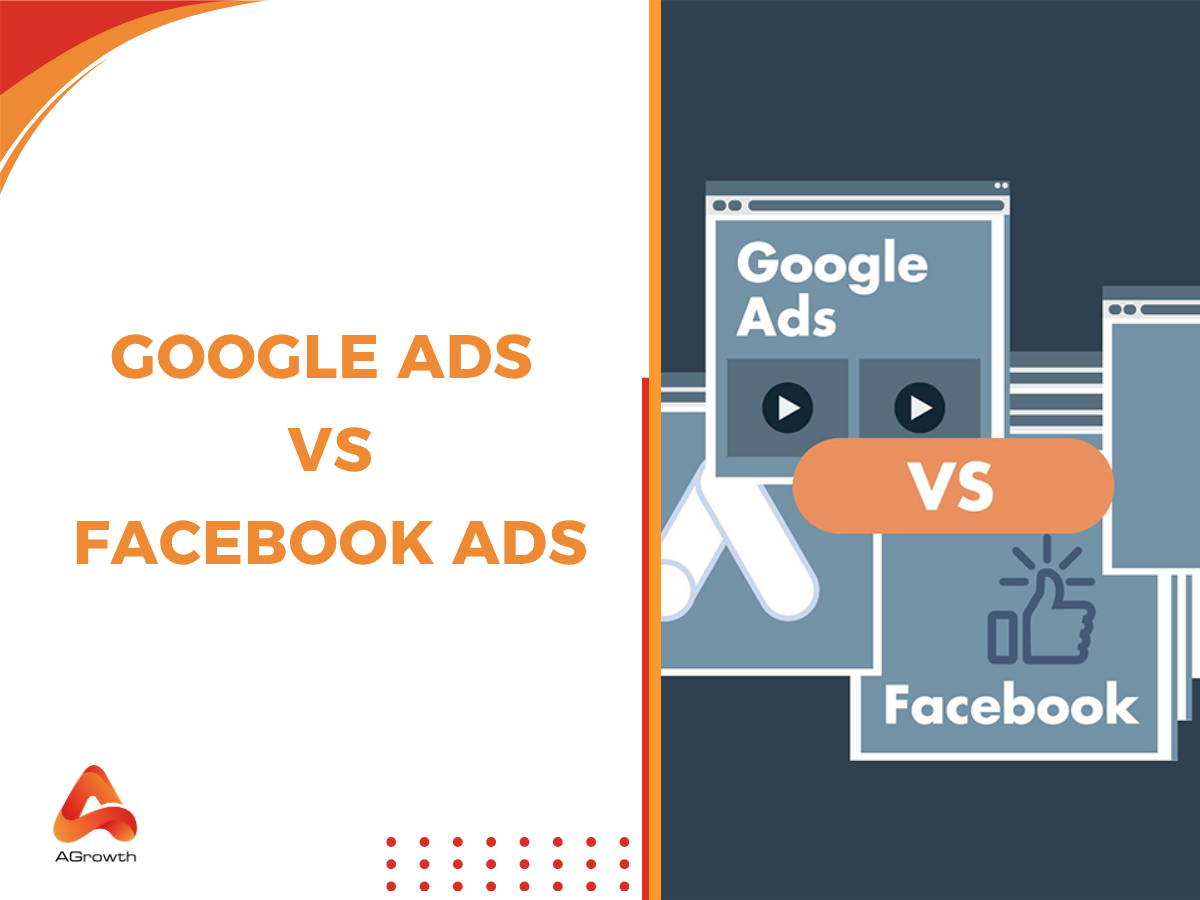
Table of Contents
Which Is Better for Your Business: Google Ads vs Bing Ads?
Running paid search campaigns is no longer about choosing a single platform. Marketers today need to evaluate different networks to balance cost, reach, and targeting precision. Two of the most relevant players in this space are Google Ads and Bing Ads (now Microsoft Advertising). Each platform brings unique advantages, distinct audience profiles, and different cost dynamics.
In this guide, we’ll break down the key differences between Google Ads and Bing Ads in 2025, with a focus on features, targeting options, performance metrics, and strategic use cases. Whether you manage enterprise-scale PPC accounts or niche campaigns, understanding how these two platforms compare is essential for allocating budget effectively.
What is Google Ads?
Google Ads is the largest PPC platform worldwide, powering ads across the Google Search Network, Display Network, YouTube, Gmail, and partner sites. According to Google Ads Help, the platform allows advertisers to reach billions of users every day across multiple touchpoints.
Key Features
-
Massive Reach: Access to 90%+ of global internet users through Google properties.
-
Advanced Targeting: Custom audiences, affinity groups, in-market segments, demographic filters.
-
Diverse Formats: Search, Display, Shopping, Video (YouTube), App campaigns.
-
Automation Tools: Smart Bidding, AI-driven recommendations, responsive ad formats.
Key Benefits
-
Scale campaigns globally with unmatched inventory.
-
Leverage Google’s AI to optimize for conversions or ROAS.
-
Access real-time insights and reporting.
For those looking to push the boundaries of the platform, a deeper understanding is crucial.
To explore its full potential, consider our comprehensive Guide to Google Ads Strategies.
What is Bing Ads?
While Google dominates in volume, Bing Ads—rebranded as Microsoft Advertising—continues to offer valuable opportunities, particularly for advertisers seeking niche audiences and lower CPCs.
According to Microsoft, its advertising ecosystem covers Bing, Yahoo, AOL, and partner sites, representing a combined share of nearly 37% of U.S. desktop search volume. This makes it a strong complementary channel rather than a direct competitor to Google.
Key Features
-
Cross-Network Reach: Bing, Yahoo, AOL, and syndicated partners.
-
Unique Targeting: Integration with LinkedIn profile data for B2B segmentation.
-
Cost Efficiency: Typically, lower CPC compared to Google Ads.
-
Familiar Setup: Similar account structure and campaign management as Google Ads.
Key Benefits
-
Cheaper clicks in competitive industries.
-
Older, higher-income demographic with stronger purchasing power.
-
Ability to import campaigns directly from Google Ads.
Key differences between Google Ads and Bing Ads
Both platforms offer PPC capabilities, but they diverge in reach, cost structures, and performance. Let’s break down the critical differences.
1. Platform Reach
The most obvious difference is the sheer scale of reach. Google is processing over 90% of all search queries worldwide, making it the default choice for achieving maximum visibility. As stated by Google's own support resources, "Google Ads is a product that you can use to promote your business, help sell products or services, raise awareness, and increase traffic to your website." This mission is powered by a network that includes Google Search, YouTube, Gmail, and millions of partner websites on the Google Display Network.
However, Microsoft Advertising's reach should not be underestimated. It captures a substantial portion of the market, particularly in countries like the United States, where it holds over a third of the desktop search market share. Its network includes Bing, Yahoo, AOL, and partners like DuckDuckGo, extending its reach to millions of unique searchers who may not use Google. For advertisers, this means access to a different, less saturated pool of potential customers.
2. Audience Targeting
Both platforms offer robust audience targeting options, but they have unique strengths. Google's advantage lies in the sheer breadth of its data, collected across its numerous properties. This allows for incredibly detailed targeting through options like:
-
In-market audiences: Users actively researching products or services.
-
Affinity audiences: Users with strong interests in specific topics.
-
Custom Intent audiences: Creating audiences based on specific keywords and URLs they've browsed.
-
Remarketing Lists for Search Ads (RLSA): Targeting past website visitors.
For a comprehensive understanding, you can explore all about Google audience targeting for the most effective campaigns.
Microsoft Advertising offers similar targeting capabilities but stands out with one game-changing feature: LinkedIn Profile Targeting. Thanks to Microsoft's ownership of LinkedIn, advertisers can target users on the search network based on their professional profile data, including:
-
Company
-
Industry
-
Job Function
This is an invaluable tool for B2B advertisers, allowing them to zero in on decision-makers and professionals within specific sectors with a level of precision that Google cannot currently match.
3. CPC (Cost-Per-Click)
Elaborating on the cost factor, the difference in CPC goes beyond a simple average. On Google, high-volume, high-intent keywords can have CPCs that run into the hundreds of dollars. The intense competition for the top spots on the search engine results page (SERP) drives up auction prices.
On Microsoft Advertising, the same keywords often come at a fraction of the cost. This allows advertisers to bid for top positions that might be prohibitively expensive on Google. It opens up opportunities to maintain a consistent presence for valuable keywords where a Google-only strategy would be unsustainable. If your campaign performance is being hampered by high CPCs, understanding how to optimize your bidding is paramount.
4. CTR (Click-Through Rate)
Click-through rate is a metric where Microsoft Advertising often surprises advertisers. While Google's massive user base generates more clicks overall, the average CTR can be higher on Microsoft's platform in certain cases. There are a few reasons for this:
-
Less Competition: With fewer ads cluttering the SERP, your ad has a better chance of standing out and attracting a click.
-
Audience Demographics: The older demographic on Bing may be more deliberate in their searches and more likely to click on results that appear relevant.
-
Top-of-Page Presence: Lower CPCs make it easier to secure a top ad position, which naturally correlates with a higher CTR.
While this isn't a universal rule, many advertisers report healthier CTRs on their Microsoft campaigns, especially for ads in the top positions.
5. Ad Formats
Google is the innovator in ad formats, consistently rolling out new features and campaign types like Performance Max, which leverages AI to run ads across all of Google's channels from a single campaign. Google offers a slightly wider array of ad extensions and format customizations.
Read more about the Google display ad format through our post here!

Microsoft Advertising, while often following Google's lead, provides all the essential formats and extensions that advertisers rely on, including:
-
Responsive Search Ads
-
Dynamic Search Ads
-
Shopping Campaigns

They also offer unique formats, such as Microsoft Audience Ads, which are native-style ads that appear on sites like MSN and Microsoft Edge. The key takeaway is that while Google may offer more cutting-edge and beta features, Microsoft provides a robust and comprehensive set of tools that are more than sufficient for the vast majority of advertising goals.
6. Key Event Rates (Conversion Tracking)
-
Google Ads: Features deep, native integration with Google Analytics, creating a powerful and unified ecosystem for tracking conversions (key events) and user behavior.
-
Microsoft Advertising: Uses its own Universal Event Tracking (UET) tag. It's a robust and reliable system for tracking conversions and building remarketing lists, functioning similarly to the Google Ads tag.
7. AI Capabilities
Artificial Intelligence is reshaping paid media. Google Ads relies heavily on AI-driven optimization—adjusting bids, placements, and creative combinations in real time. Microsoft Advertising, on the other hand, is pushing forward with generative AI tools that actually help draft ad copy and campaign assets, enabling advertisers to scale content that feels tailored to the audience quickly.
8. Partnerships
Strategic alliances differentiate the two platforms. Microsoft Advertising gained visibility through its exclusive deal with Netflix’s ad-supported tier, granting advertisers access to a premium streaming audience. Google does not currently offer a comparable media partnership of that scale.
9. Integration
Ecosystem fit often dictates platform preference. Google Ads integrates seamlessly with tools like Google Analytics, YouTube, and Tag Manager, streamlining data tracking and attribution. In contrast, Microsoft Advertising meshes naturally within the Microsoft ecosystem—from Microsoft 365 productivity tools to LinkedIn Ads targeting—which can be especially advantageous for B2B campaigns.
AGROWTH - GOOGLE AGENCY ACCOUNT
⭐ Managed campaigns with expert guidance
⭐ Flexible invoice-based billings, custom top-ups
⭐ High resistance to suspension via agency tier
⭐ Quick fund transfer to new account if needed
⭐ Priority support via Google Partner channel
⭐ Lower fees from 3-5%
⭐ Eligible for bonus credit up to $384
How to choose Bing Ads or Google Ads for your business
Making an informed decision requires moving from a theoretical understanding to a practical application of each platform's strengths to your specific business context. A strategic choice isn't about personal preference; it's a data-driven conclusion based on your goals, resources, and target market.
1. Define Your Primary Campaign Objective
-
Is Your Goal Brand Awareness & Maximum Reach?
If your objective is maximum visibility and top-of-funnel awareness, the unparalleled reach of Google's Display and Video networks is your best bet.
-
Is Your Goal Lead Generation & High ROAS?
If your goal is lead generation on a tight budget or achieving the highest possible Return on Ad Spend (ROAS), the cost-efficiency and higher conversion rates often seen on Microsoft Advertising present a more compelling starting point.
2. Analyze Your Target Audience Persona
-
Who are they and where do they work?
Go beyond basic demographics. Where does your ideal customer work? What is their income level?
-
What devices do they use?
If your persona is a 50-year-old executive in the financial sector who primarily uses a Windows desktop at work, the Microsoft Advertising network is a bullseye. Conversely, if you're targeting a 22-year-old student searching for fashion deals on their Android phone, Google is the undeniable priority.
3. Analyze Your Budget and Risk Tolerance
-
For Large, Flexible Budgets: Google's high-traffic, high-competition environment can be scaled effectively but can also burn through a modest budget quickly.
-
For Limited or Test Budgets: Microsoft Advertising offers a more forgiving testing ground. You can gather significant click and conversion data at a lower cost, allowing you to refine your keywords, ad copy, and landing pages before scaling successful campaigns to the more expensive Google ecosystem.
4. Assess the Competitive Landscape
-
Research Keyword Costs (CPC): Use keyword planning tools on both platforms to research the estimated CPCs for your core terms.
-
Find Your Strategic Opening: Are your competitors dominating the top spots on Google with massive budgets you can't match? Microsoft Advertising could be your strategic flank, allowing you to capture valuable market share where your competitors are less focused.

When to Use Bing Ads
Microsoft Advertising shouldn't be an afterthought or a simple mirror of your Google campaigns. It requires a deliberate strategy. You should prioritize or heavily invest in Microsoft Advertising when:
-
Your Target Audience is Older or More Affluent: If your ideal customer is over 35, has a higher level of education, and significant purchasing power, they are heavily represented on the Bing network. This is ideal for high-ticket B2C items, financial services, and travel.
-
You are a B2B Company: The LinkedIn Profile Targeting is a killer feature that cannot be ignored. The ability to target users by their job function or industry is a direct line to the decision-makers you need to reach.
-
Your Budget is Limited: If you need to maximize every dollar, the lower CPCs on Microsoft Advertising will allow you to stretch your budget further, generating more clicks and data for the same investment.
-
You're in a Hyper-Competitive Niche: For industries like law, insurance, or SaaS, where Google CPCs are astronomical, Microsoft Advertising provides a more sustainable environment to compete and achieve a positive ROI.
-
You want to Maximize Market Share: Relying solely on Google means you are completely missing the 10-30% of the market (depending on the region) that uses other search engines. A true market leader is visible wherever their customers are searching.
When to Use Google Ads
Despite the compelling advantages of Microsoft Advertising, Google Ads remains the cornerstone of most PPC strategies for several undeniable reasons. You should prioritize Google Ads when:
-
Maximum Reach and Scale is Your Goal: If your primary objective is brand awareness or reaching the largest possible audience, nothing compares to Google's volume. Its network is simply unmatched in size.
-
You Target a Younger Demographic: For brands targeting Gen Z or Millennials, Google Search and especially YouTube are the dominant platforms where these audiences spend their time.
-
Your Business is Heavily Reliant on Mobile: Google dominates the mobile search market. If your customers are primarily searching and converting on their smartphones, Google Ads is essential.
-
You Need the Most Advanced Technology: For advertisers who want to be on the cutting edge of AI-powered bidding, audience discovery, and campaign automation (like Performance Max), Google is the innovator and leader.
-
Your Strategy Revolves Around Video or Display: While Microsoft has a display network, it pales in comparison to the reach and targeting capabilities of the Google Display Network and YouTube. For video content and broad-reach display campaigns, Google is the superior choice.
FAQs
Which platform is cheaper: Google Ads or Bing Ads?
Bing Ads generally offers a lower average Cost-Per-Click (CPC) than Google Ads. Because there is less competition, advertisers can often achieve better ad positions for less money, making Bing Ads more cost-effective for smaller budgets or high-CPC industries.
Does Bing Ads perform as well as Google Ads?
Performance depends on your goals and audience. Google Ads provides greater reach and more advanced AI optimization, while Bing Ads often delivers higher conversion rates and click-through rates (CTR) in certain industries like finance, travel, and B2B.
Can I run both Google Ads and Bing Ads at the same time?
Yes. Running both platforms together helps maximize visibility and diversify your traffic sources. Many marketers use Bing Ads as a complementary channel to Google Ads to reach unique audiences and reduce total acquisition costs.
How do I import Google Ads campaigns into Bing Ads?
Microsoft Advertising allows easy import of Google Ads campaigns. You can transfer keywords, ad copy, extensions, and budgets directly from Google Ads into your Bing Ads account, then adjust targeting or bids to fit Bing’s audience and performance metrics.
What targeting options make Bing Ads unique?
Bing Ads integrates LinkedIn Profile Targeting, allowing advertisers to target users by company, industry, or job function—ideal for B2B campaigns. Google Ads does not currently offer this professional targeting feature.
Which platform should small businesses use first?
Small businesses with limited budgets should consider starting with Bing Ads due to lower CPCs and less competition. Once campaigns are optimized, scaling into Google Ads can help expand reach and brand awareness.









Your comment